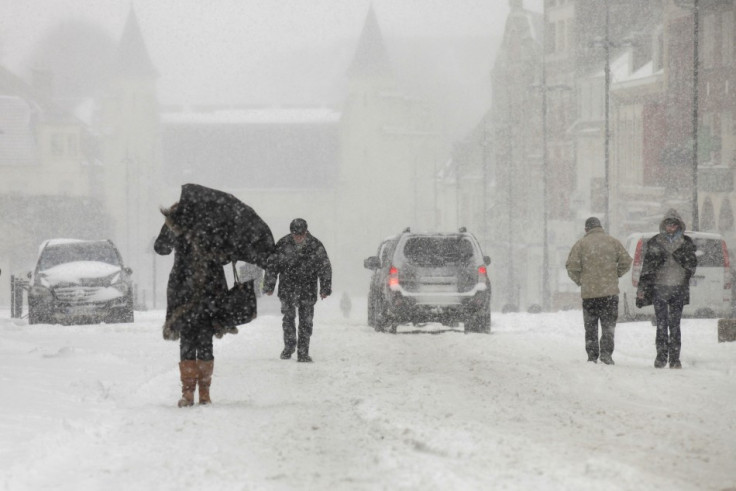Climate Change: Study Predicts Wide Variation in Temperature Extremes

Climate change will be seen in the variation of our extreme temperatures, according to a new study.
Researchers Evan Kodra and Auroop Ganguly say that while global temperature is increasing, so too is the variability in temperature extremes. For instance, while each year's average hottest and coldest temperatures are likely to rise, those averages will fall between a wider range than we experience today.
This means that despite the overall warming, particularly cold events could still occur. The climate change will be seen in the variation of these highs and lows.
The results, published online in the journal Scientific Reports, provide important scientific as well as societal implications. Having a better understanding of extreme temperature and how it could fluctuate will allow sectors like agriculture, public health and insurance planning to better prepare for the future.
"An agriculture insurance company wants to know next year what is the coldest snap we could see and hedge against that", explained Kodra. "So, if the range gets wider they have a broader array of policies to consider."
With funding from a $10m multi-university Expeditions in Computing grant, the duo used computational tools from big data science to arrive at their conclusion. In what is largely a theoretical deduction, the research suggests that the natural processes that drive weather anomalies today could continue to do so in a warming future.
For instance, the team speculates that ice melt in hotter years may cause colder subsequent winters, but these hypotheses would need to be tested by science-based studies.
© Copyright IBTimes 2025. All rights reserved.





















